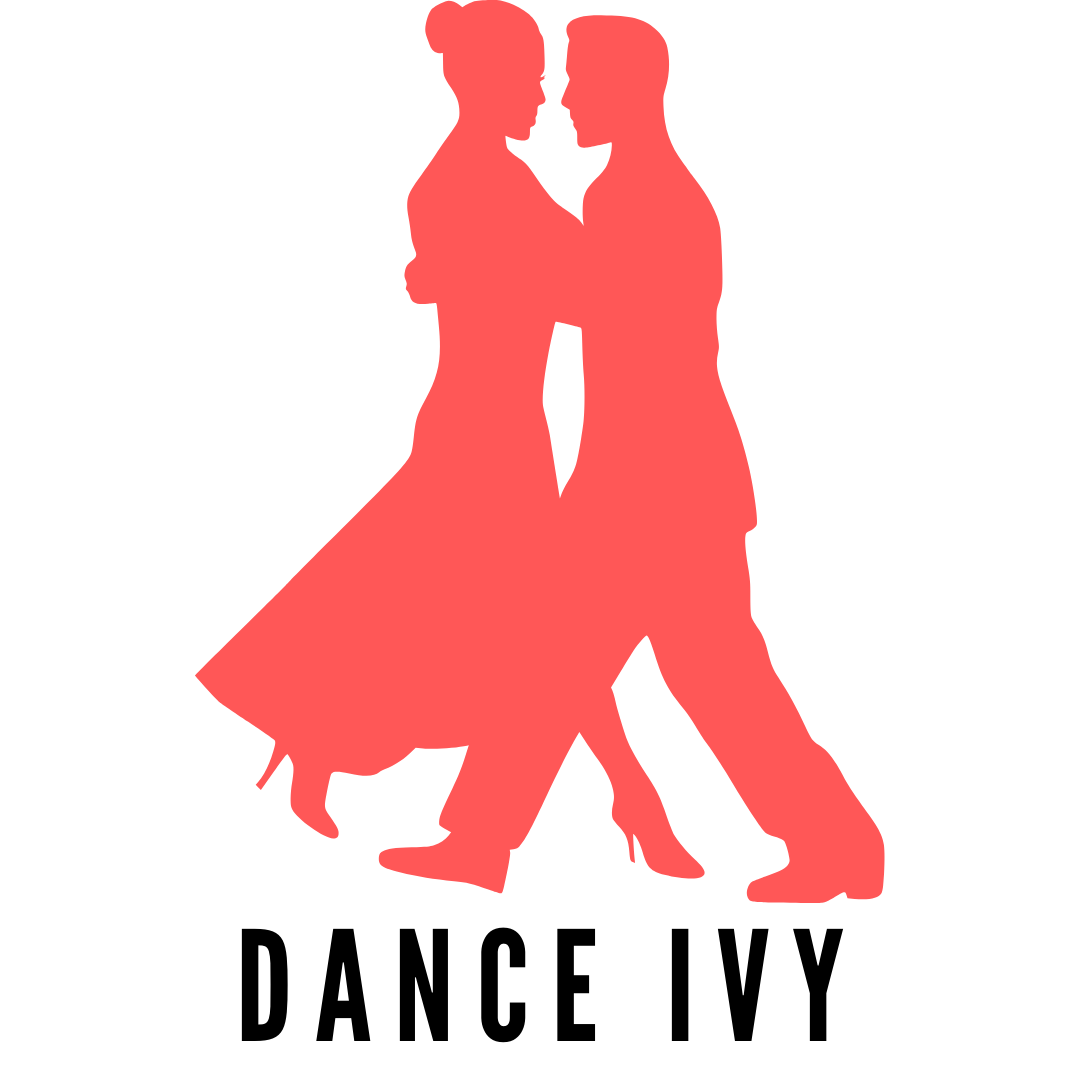Nobody knows the true history of belly dancing before it was clearly drawn in an 1864 painting by a French artist Jean-Leon Gerome. In fact, men are commonly found to perform belly dancing in the Middle East compared to mostly females outside the Middle East.

Source: https://mk0daytonartinswaohu.kinstacdn.com/wp-content/uploads/2020/08/1951_15-1000.jpg
How Belly Dancing Changed Over The Years?
- Some believed that traces of belly dancing can be found in Pagan societies who used to worship a feminine deity, to celebrate women's fertility as magical. Gioseffi, a self-described Wiccan (pagan) feminist who has performed at goddess-worshipping rituals are one of many dancers who believe that belly dance in “its most primitive form was probably worship of the ancient Earth Mother Goddess.
- In 450BC at Cratinus, a dance known as Kordax or Cordax was described to resemble with belly dancing in their text and vases. The moves of this kind of dance involved the circular movement of the hips, jumping on one leg, shaking the belly, etc. Furthermore, described with closed legs, performing movements swinging the body forward and the arms alternately strained – like a sword – forward and upwards. In these moves that are mentioned in Aristophanes comedies, one can add the shaking of the leg towards the back and the rooster move.
- Belly dancing is said to date back at least to the time of Alexander the Great (356-323 B.C.). Some say its roots lie in fertility rituals of ancient Egypt and Greece. Others say it was brought from India to the Middle East by Roma (Gypsies) who also developed flamenco from it in Morocco and Spain
- In 1853, archaeologist Jole Bovio Marconi published her research on Southern Italy's Addaura cave related to ancient rock carvings. Some believed the carvings to depict a ritual fertility dance resembling belly dancing. Source: http://www.visual-arts-cork.com/images-prehistoric/addaura-engravings.jpg

- In the 1850s, Kuchuk Hanme is a well-known and sought after belly dancer in text. She is described as a tall, splendid creature, lighter in coloring than an Arab. She comes from Damascus; her skin, particularly on her body, is slightly coffee-colored with dark and enormous eyes, black eyebrows, and her nostrils open and wide, heavy shoulders, and on her right arm is tattooed a line of foreign writing.
- In 1864, "danse du Centre" was coined in 1864 as a nickname for the Orientalist painting "The Dance of the Almeh" by French artist Jean-Leon Gerome. "danse du Centre" translateds to "center dancing" but some interpreted it as "belly dancing" and "The Dance of the Almeh" translate "Egyptian Dance"
- In 1893, Sol Bloom is said to be the first to use the English term "belly dance", returneingfrom the Middle East with Syrian and Algerian dancers, including the famed “Little Egypt,” performing in the Chicago’s World Fair. Belly dance is also often referred to as “oriental dance” and also sometimes raks sharqi.
- From 1897, Thomas Edison made several films of dancers in the 1890s. These included a Turkish dance, and Crissie Sheridan in 1897, and Princess Rajah from 1904, which features a dancer playing zills, doing "floor work", and balancing a chair in her teeth.
- A 1920 law in Egypt, according to Act No. 430 of the law on the censorship of literary works, the dancing suit should cover the lower body, with no side slits, and should cover the stomach area
- In the 1930s, immigrants from Arab states began to arrive in New York in and dancers started to perform in nightclubs and restaurants.
- The Egyptian Takia Karyoka is regarded by many as the best belly dancer of all time. She enchanted Nazis, Allies, and Arabs during and after World War II. Samia Gamal is considered the Middle East's greatest belly dancer in the 1950s and 60s. She was also an actress. Egyptian films from the 1940s and 1950s often had a belly dancer at the center of their story.
- In the late 1960s and early 1970s due to feminist focusing on the “body as a site of pleasure and discovery,” especially for white liberal feminists triggered the start of belly dancing in Western society. Dancers such as Daniella Gioseffi, a self-described “multimedia artist and feminist . . . concerned with women’s rites and . . . women’s rights,” connected belly dance to childbirth rituals, female sisterhood, sensuality, and New Age spirituality and performed for the National Organization of Women.
- Middle Eastern or Eastern bands took dancers with them on tour, which helped spark interest in the dance across the world including the UK and Australia. In Australia, Rozeta Ahalyea is widely regarded as the "mother" of Australian belly dance, training early dance pioneers such as Amera Eid and Terezka Drnzik.
- In 1987, a distinctively American style of group improvisational dance, American Tribal Style Belly Dance, (ATS), was created. Although a unique and wholly modern style, its steps are based on existing dance techniques, including those from India, the Middle East, and Africa.
- Amina Goodyear, a Filipina American woman who has been performing in San Francisco since the 1970s felt women of color may have a different relationship to belly dancing and connect to it via a notion of cultural similarity, rather than cultural difference, that is in some cases simultaneously self-Orientalizing and Orientalist.
- Daleela, who has been performing and teaching belly dancing in Northern California acknowledged the anti-Arab backlash in the wake of the 9/11 tragedy in 2001.
Conclusion
Belly Dancing have a long and confusing history given it cut across many cultures and got backlashed during recent times due to the some unexpected events. We do hope the culture starts and continue to focus on the movement as a dance only.
